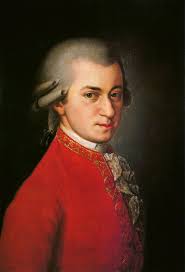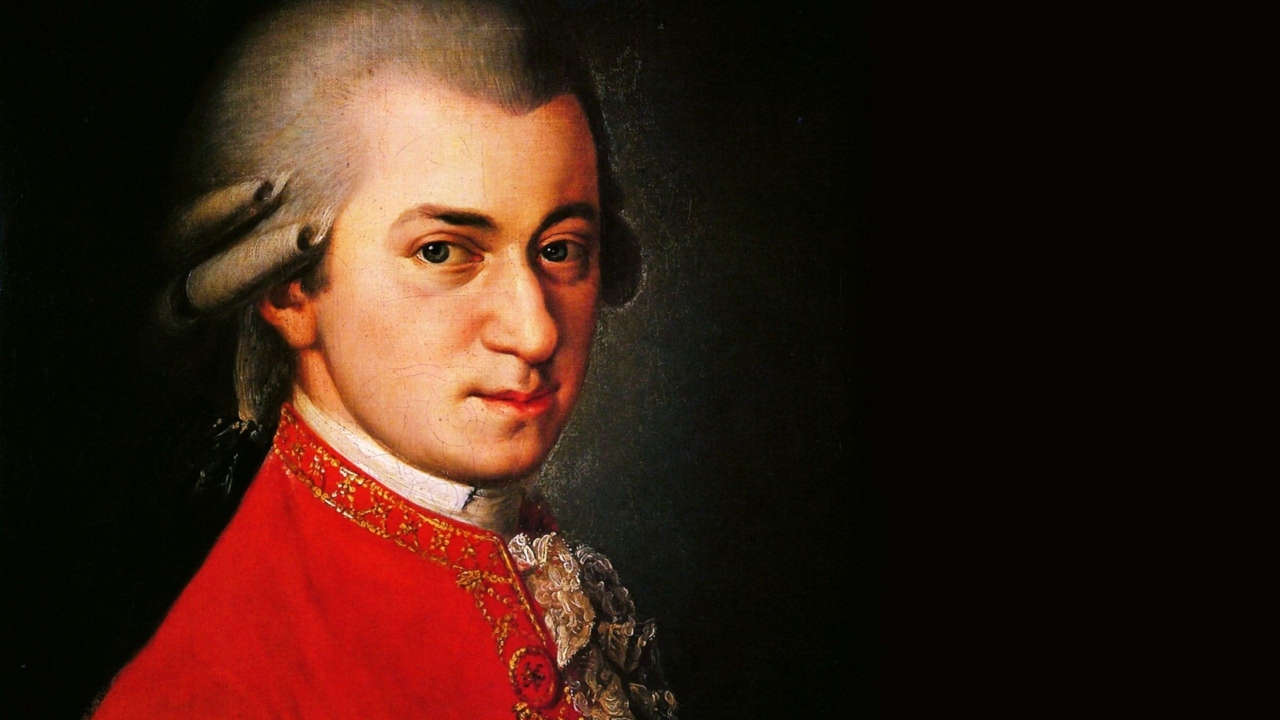Wolfgang Amadeus Mozart’s Piano Concerto No. 21 in C major, K. 467 is one of the composer’s most celebrated works. Composed in 1785, this concerto is widely admired for its lyrical beauty, dynamic contrasts, and exquisite orchestration. It has remained a staple of the piano repertoire and continues to be performed by pianists and orchestras worldwide. However, its popular nickname, Elvira Madigan, came much later and is tied to a 20th-century film rather than Mozart’s original composition.
Composition and Premiere
Mozart composed Piano Concerto No. 21 in March 1785, just one month after completing his Piano Concerto No. 20 in D minor, K. 466. This was a particularly prolific period for Mozart, as he was at the height of his career in Vienna. The concerto was premiered on March 10, 1785, with Mozart himself at the piano during a subscription concert at the Burgtheater in Vienna.
At the time, Mozart’s piano concertos were extremely popular, serving as a vehicle for his virtuosic abilities as both a composer and performer. Piano Concerto No. 21 follows the traditional three-movement structure:
- Allegro maestoso – A grand and energetic opening movement, featuring bold orchestral statements and virtuosic piano passages.
- Andante – A slow and lyrical second movement, known for its deeply expressive melody and gentle orchestration.
- Allegro vivace assai – A lively and playful finale that showcases Mozart’s brilliance in creating engaging and spirited music.
The ‘Elvira Madigan’ Connection
The concerto’s association with Elvira Madigan arose in 1967 when the second movement, Andante, was featured in the Swedish film of the same name, directed by Bo Widerberg. The film tells the tragic true story of a young tightrope walker, Elvira Madigan, and her doomed love affair with a Swedish nobleman. The use of Mozart’s Andante as a recurring musical theme added an emotional depth to the film, leading to the concerto’s popular nickname.
Although Mozart himself had no connection to the story of Elvira Madigan, the Andante movement’s serene and melancholic character made it an ideal match for the film’s romantic and tragic narrative. As a result, audiences worldwide began associating Piano Concerto No. 21 with Elvira Madigan, a connection that persists to this day.
Legacy and Influence
Despite its cinematic association, Piano Concerto No. 21 remains a masterpiece in its own right, demonstrating Mozart’s ability to blend technical brilliance with profound emotional expression. The concerto continues to be a favorite among concert pianists and has been recorded by many of the world’s leading musicians.
Beyond its immediate popularity, the piece has influenced composers and music lovers alike. The Andante movement, in particular, has been adapted for various forms of media, from films and television to commercials and even contemporary arrangements.
Mozart’s Piano Concerto No. 21 stands as a testament to his genius, showcasing the elegance and clarity that define his music. Whether experienced as part of a full orchestral performance or as the hauntingly beautiful theme of Elvira Madigan, the concerto continues to captivate audiences centuries after its creation.


Comments are closed